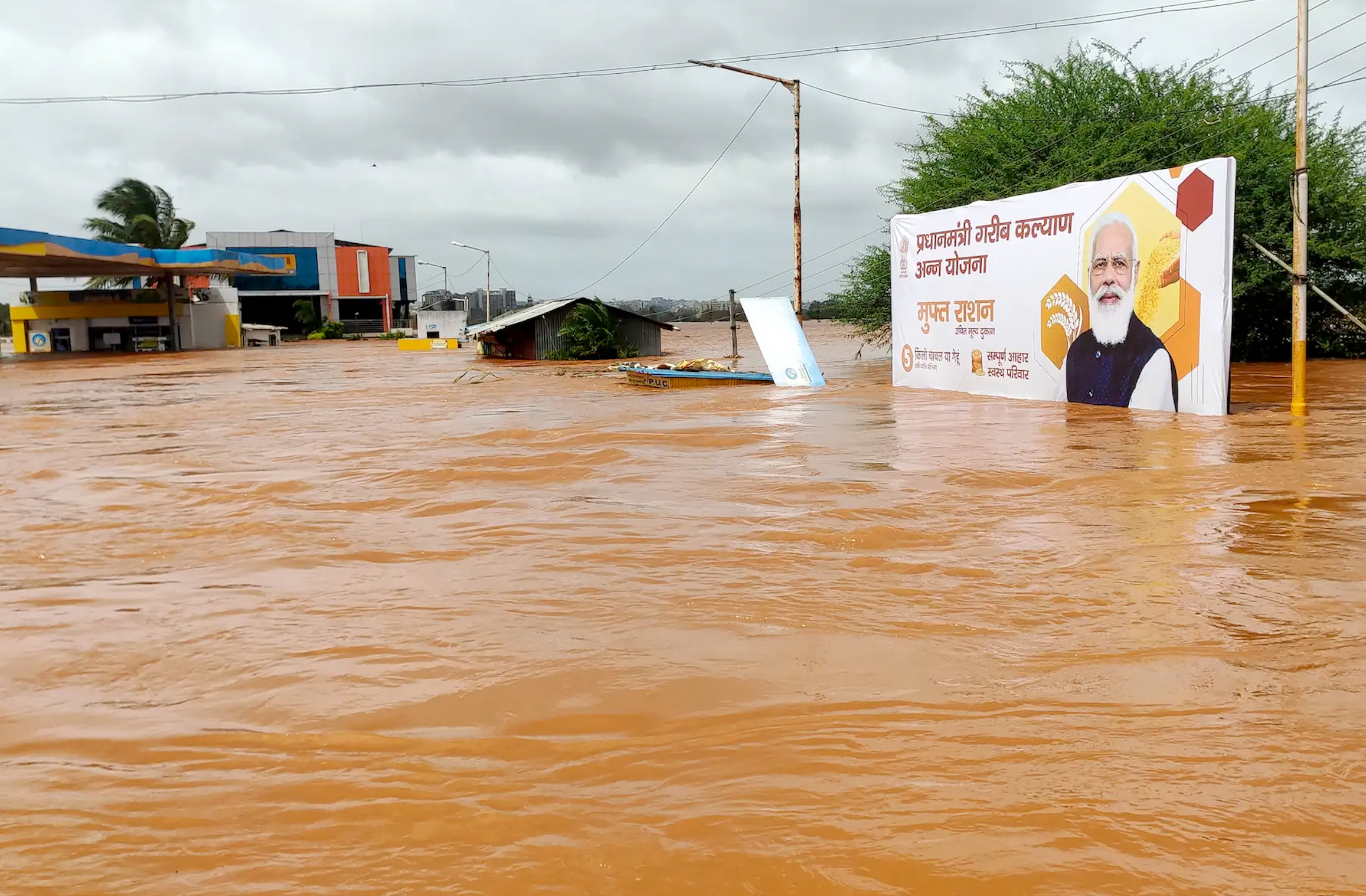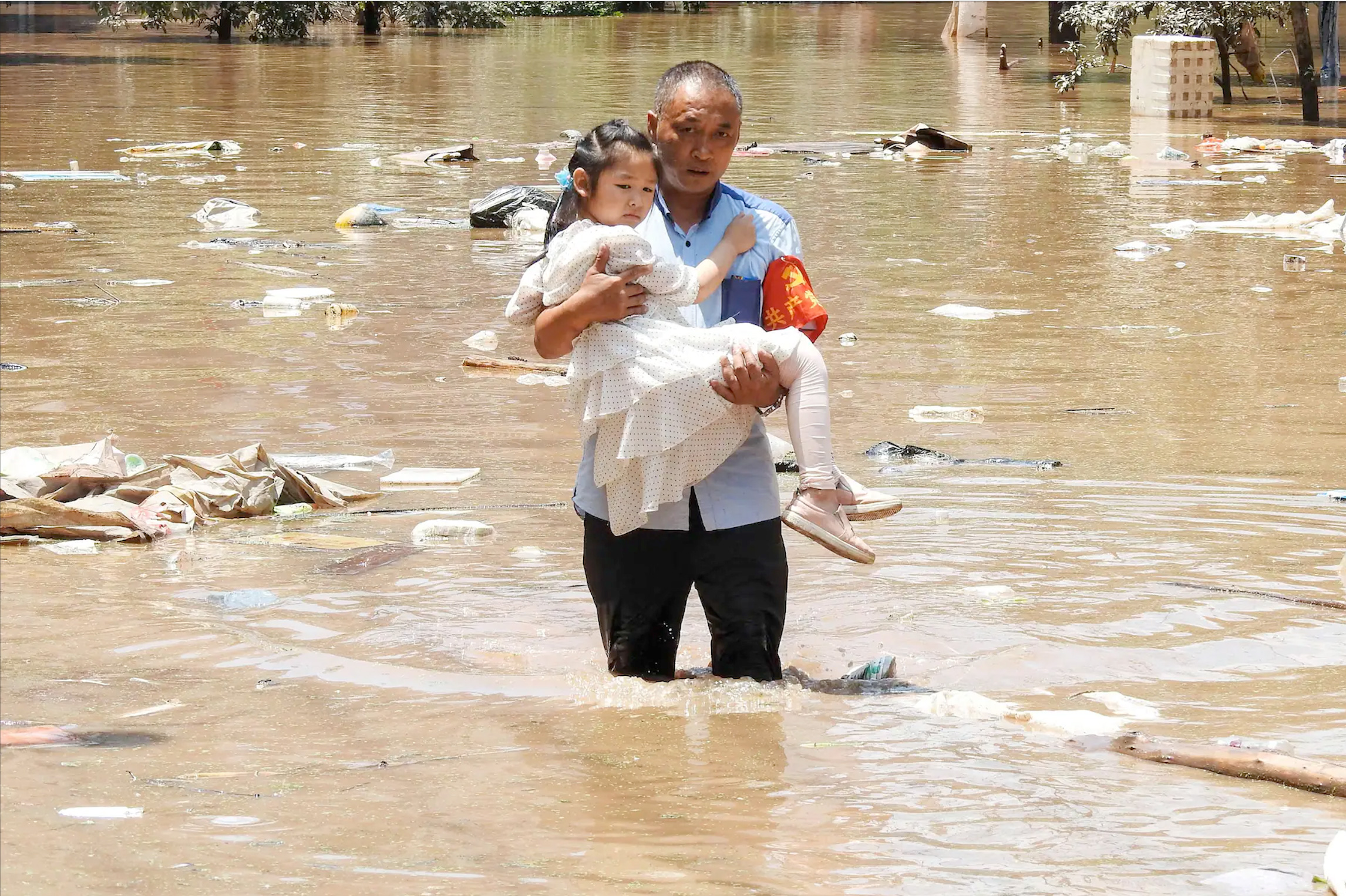
From China to Germany and parts of the United States, countries across the world have been ravaged by deadly floods this summer, bringing widespread destruction in some cases to entire communities — some of which have never witnessed extreme weather like this.
This summer of floods, climate scientists say, should serve as a wake-up call for political leaders to take urgent action on warming temperatures to protect the planet and future generations from such previously unimaginable scenes.
A warmer atmosphere retains more moisture, which falls as heavy rain during storms, some experts note — even as other parts of the world are suffering from intense heat waves, drought and wildfires linked to rising temperatures.
The widespread flooding in China is in part linked to climate change, said Xuebin Zhang, a senior research scientist with Environment and Climate Change Canada, noting, “We don’t usually see that kind of a flood.”
“Without the change of climate, you would not see as much precipitation as you see today,” he said. “Simply because the air is now hotter and it can hold more moisture, as such it will give you more rain in intense storms than before.”

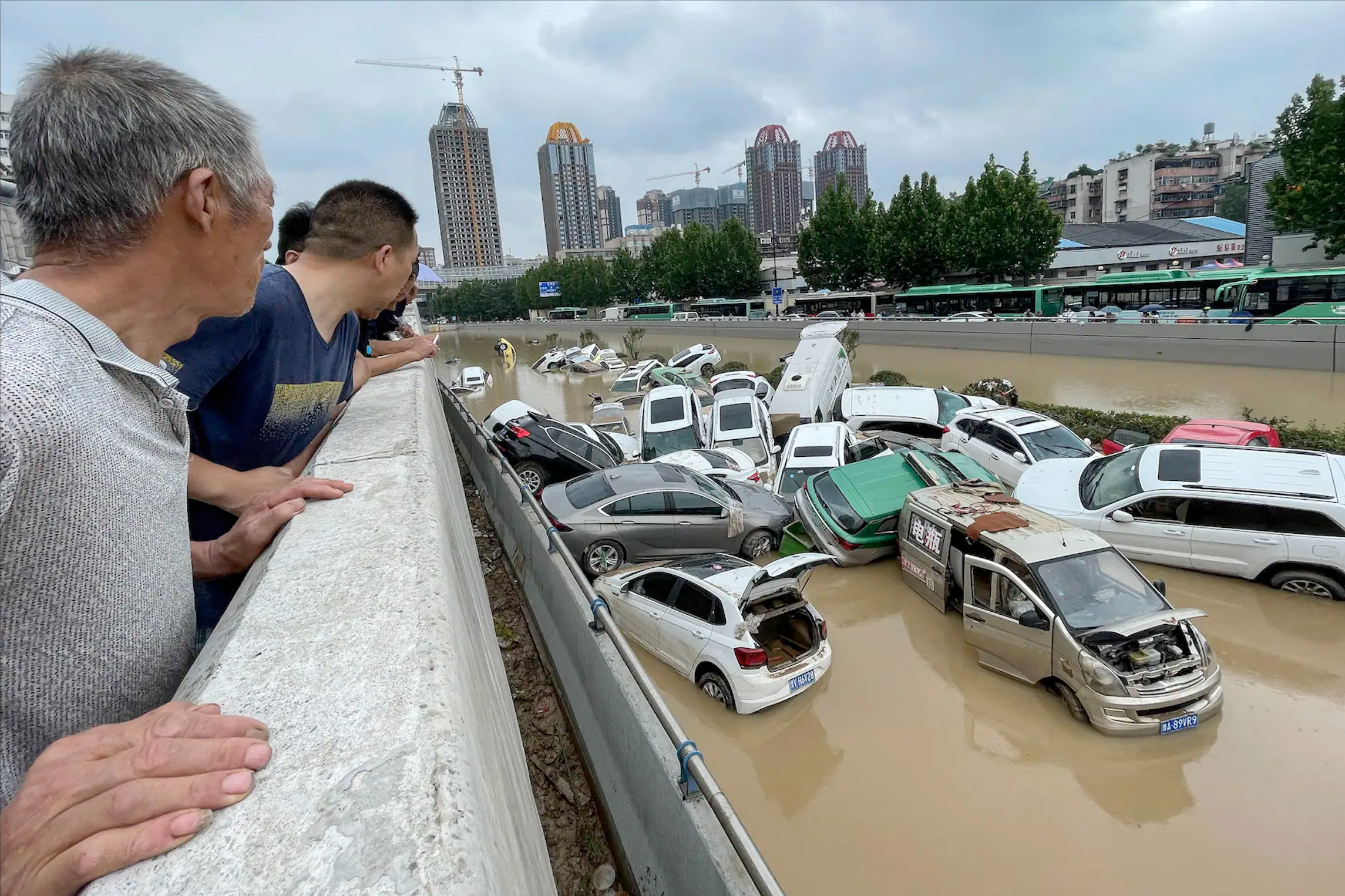
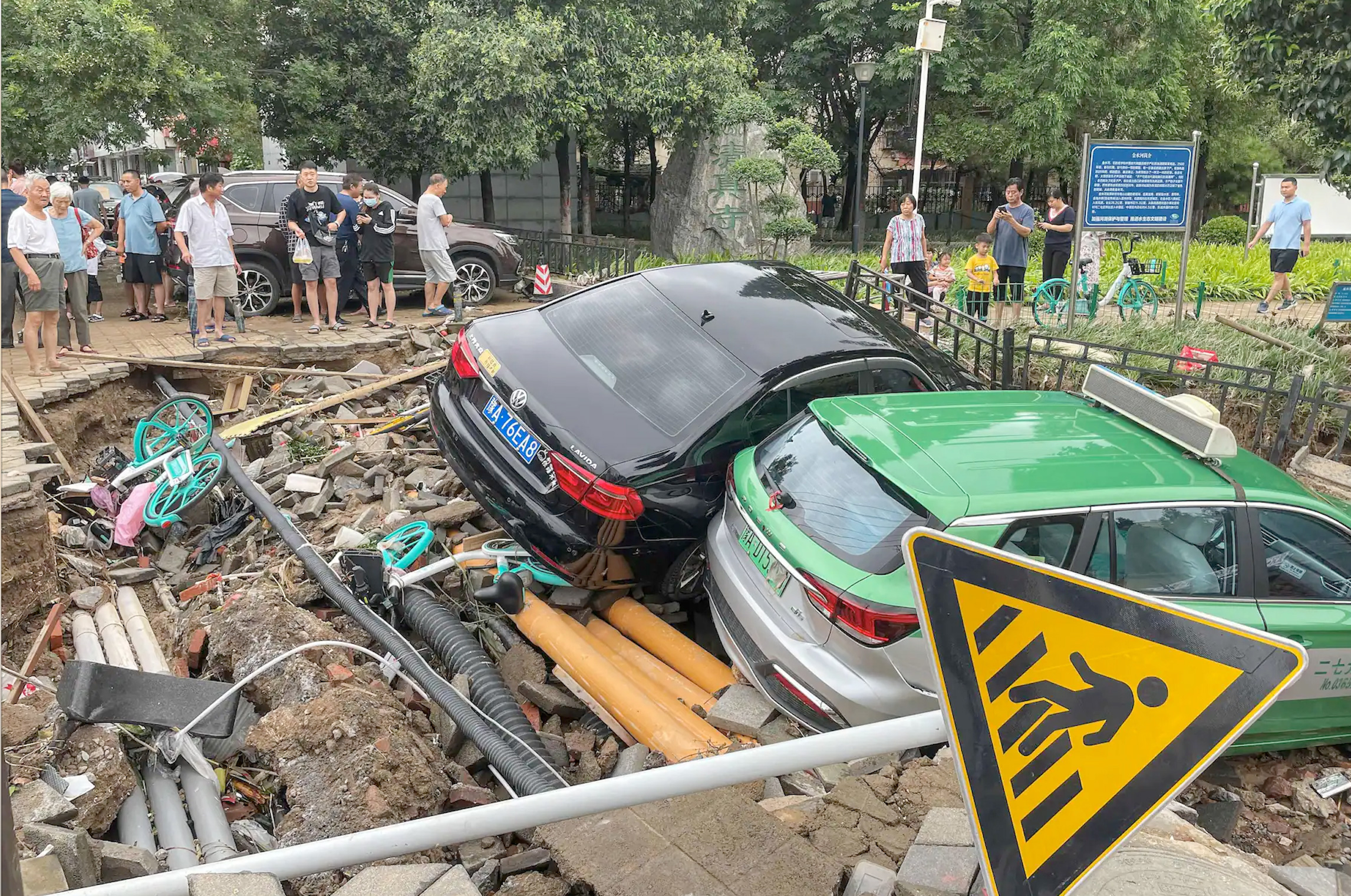
Others said cities were not adequately prepared for such disasters, and that more needed to be invested in recovery as well as prevention.
“No one should assume that we can ever make our abodes completely fireproof,” Ilan Kelman, a professor of disasters and health at University College London, wrote for The Washington Post this week, adding that residents must “be ready to evacuate safely while being psychologically and financially prepared to return to only ashes. … We must plan better for floods and build our cities and communities to withstand them.”
In China, at least 33 people were killed during a deadly downpour that struck Zhengzhou, the capital of Henan province, on Tuesday. The rains were recorded as the heaviest ever observed in the country, with an estimated 3 million people affected by the deluge, according to local authorities.
Chinese President Xi Jinping said Wednesday that the flooding had resulted in “significant loss of life and damage to property,” as footage of the disaster circulated widely on WeChat and social media.
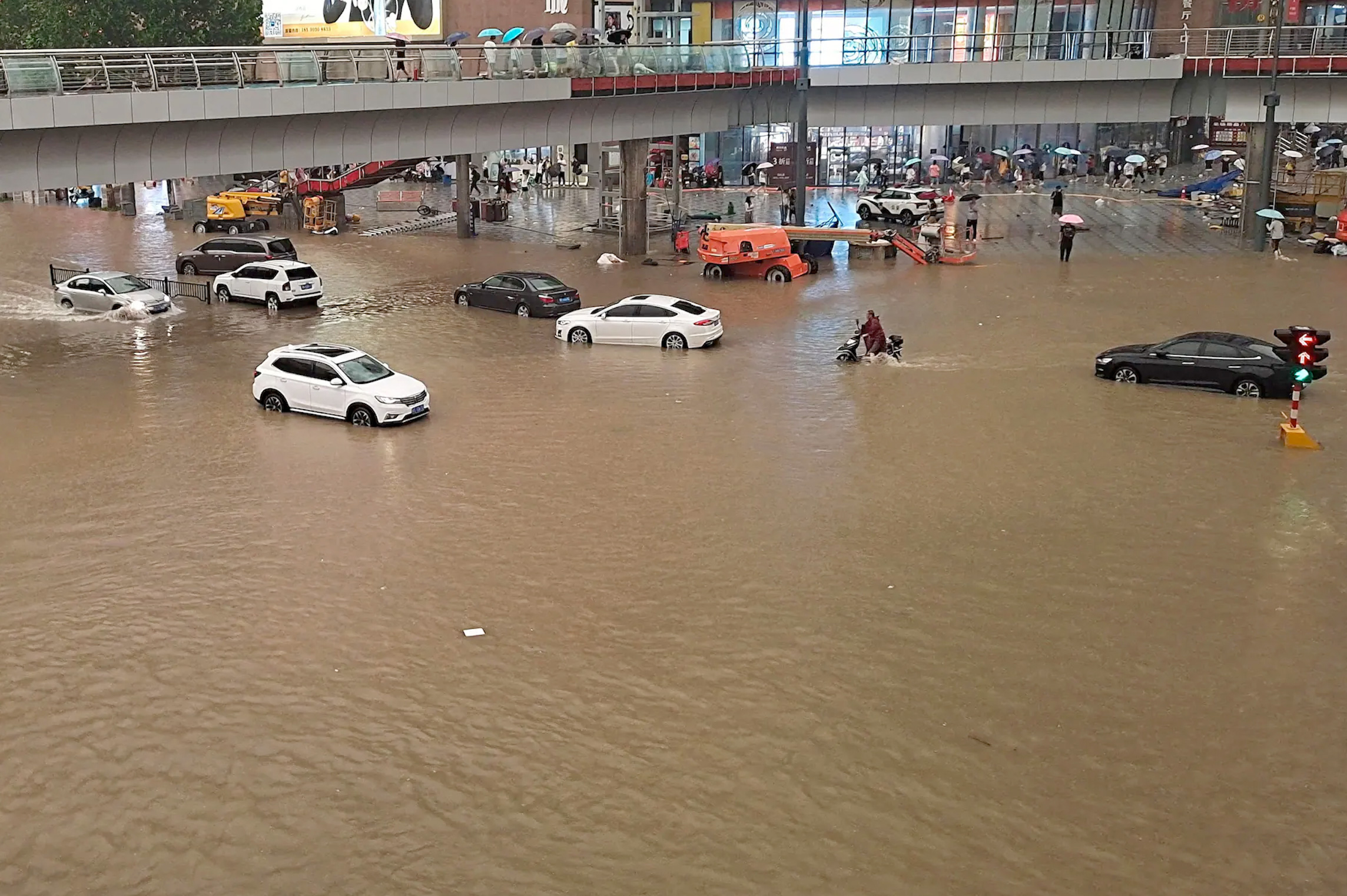
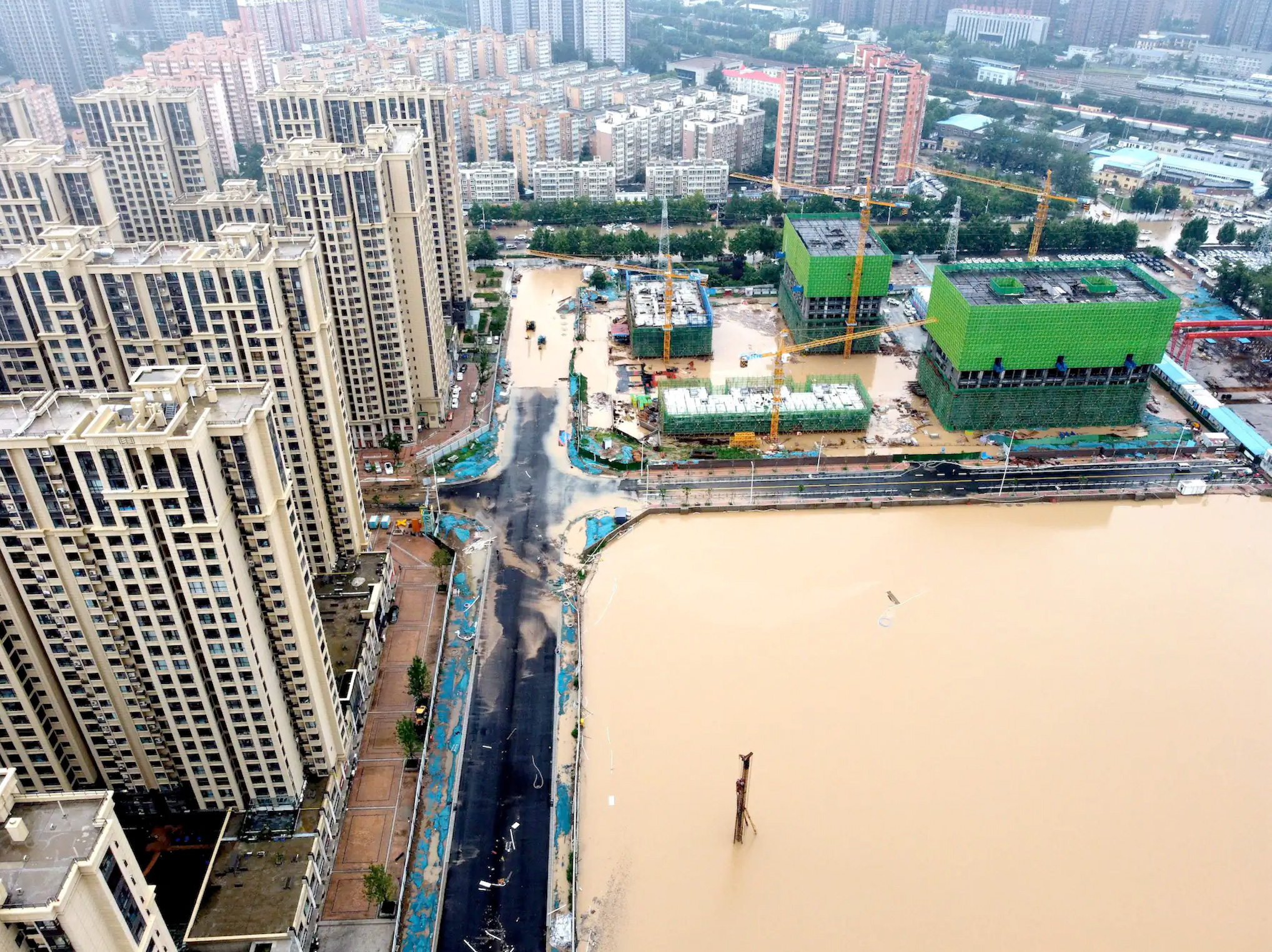
In western Germany and much of Europe last week, heavy floods wiped out villages and reduced some infrastructure to a sea of debris. Floods claimed the lives of at least 200 people.
“It is inconceivable that this is happening in Germany,” John Butschkowski, a Red Cross driver helping with the German rescue mission, told Reuters.
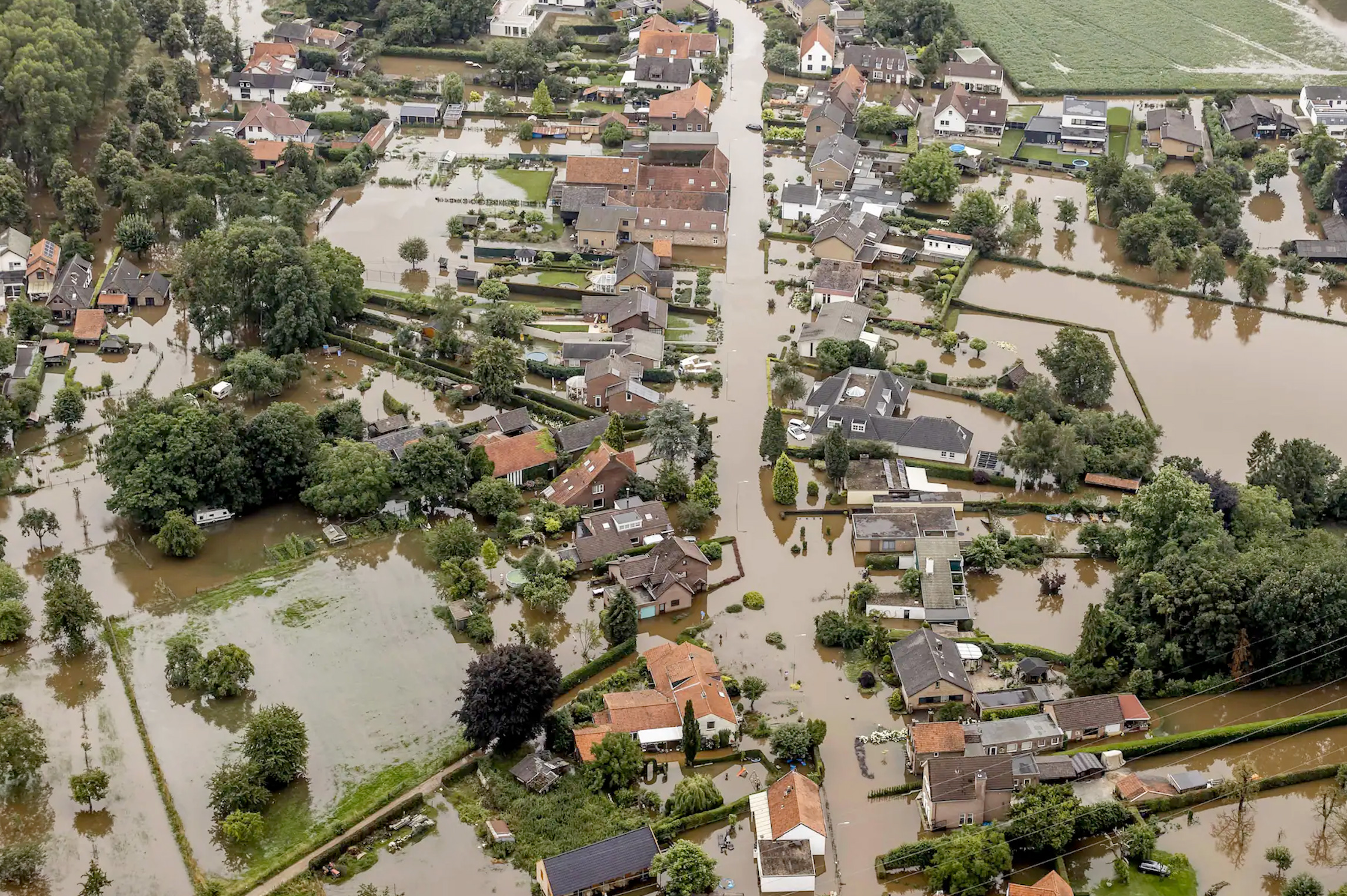
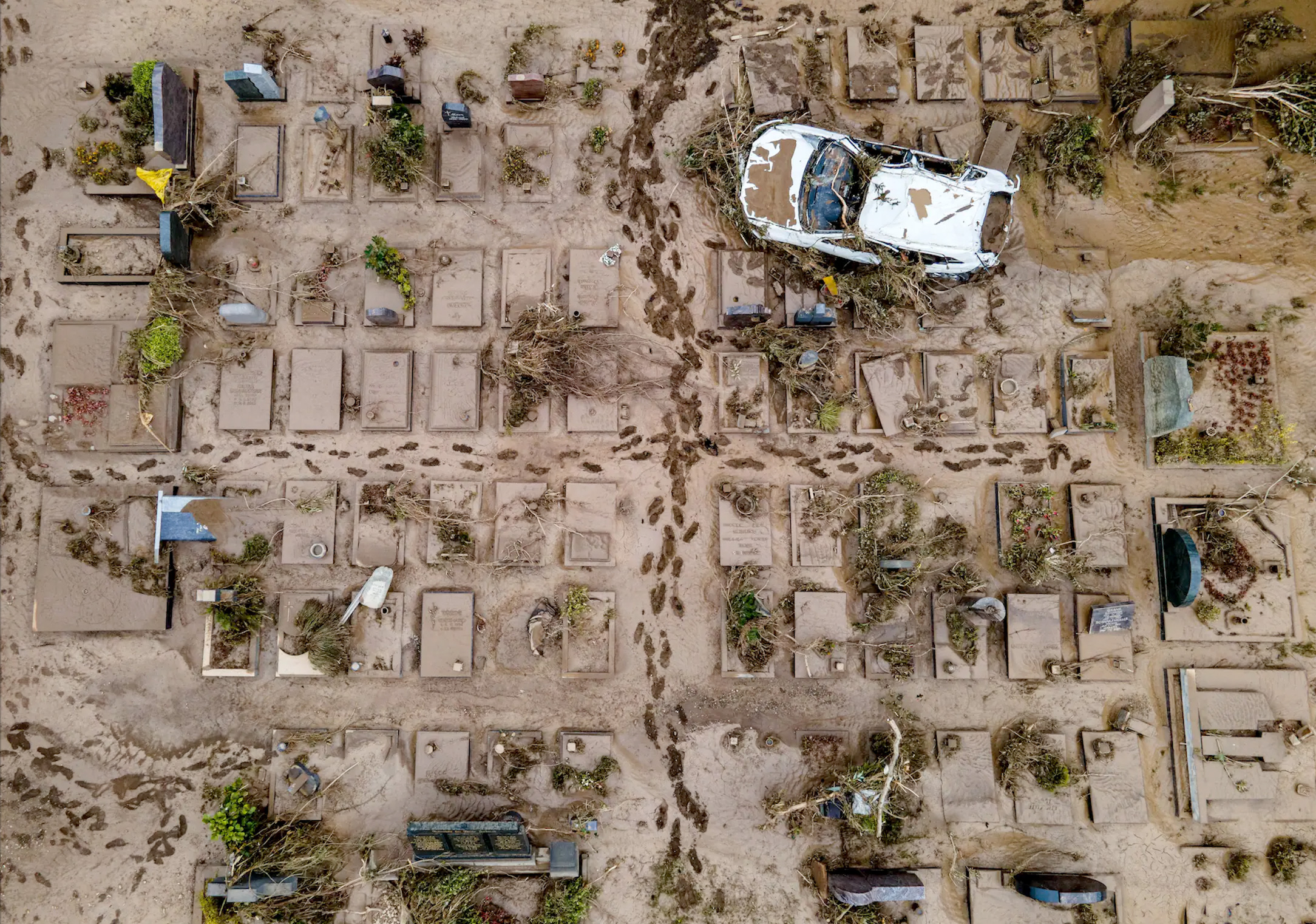
On Wednesday, German authorities approved $470 million in aid for victims caught up in the disaster, which saw the Ahr River burst its banks. Touring what was left of communities reduced to mud and rubble, Chancellor Angela Merkel said the scale of destruction was “terrifying.”
“We have nothing,” one resident of an apartment block overlooking the Ahr River in Bad Neuenahr-Ahrweiler told The Post in disbelief last week. “The whole city, it’s gone.”
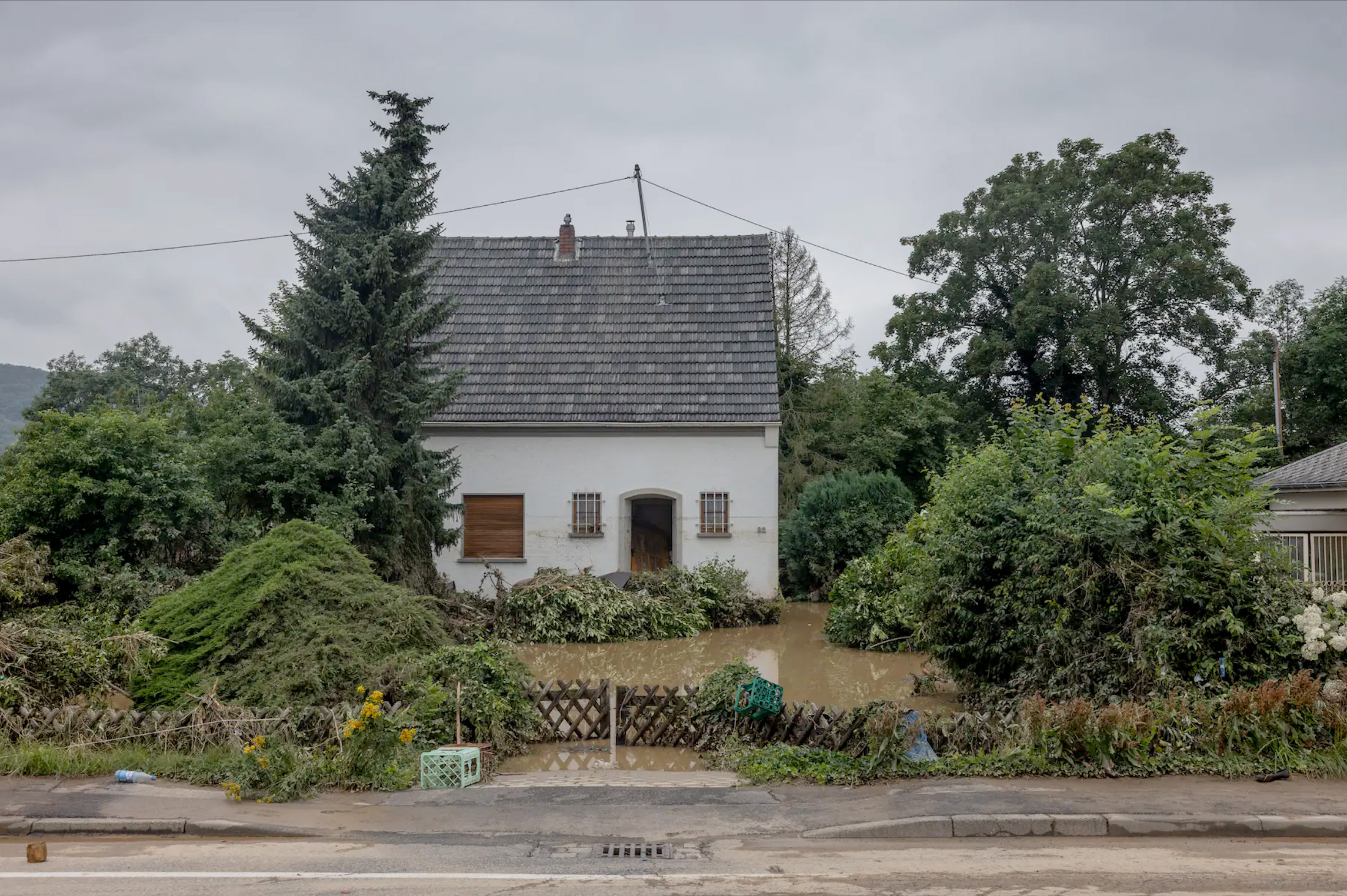
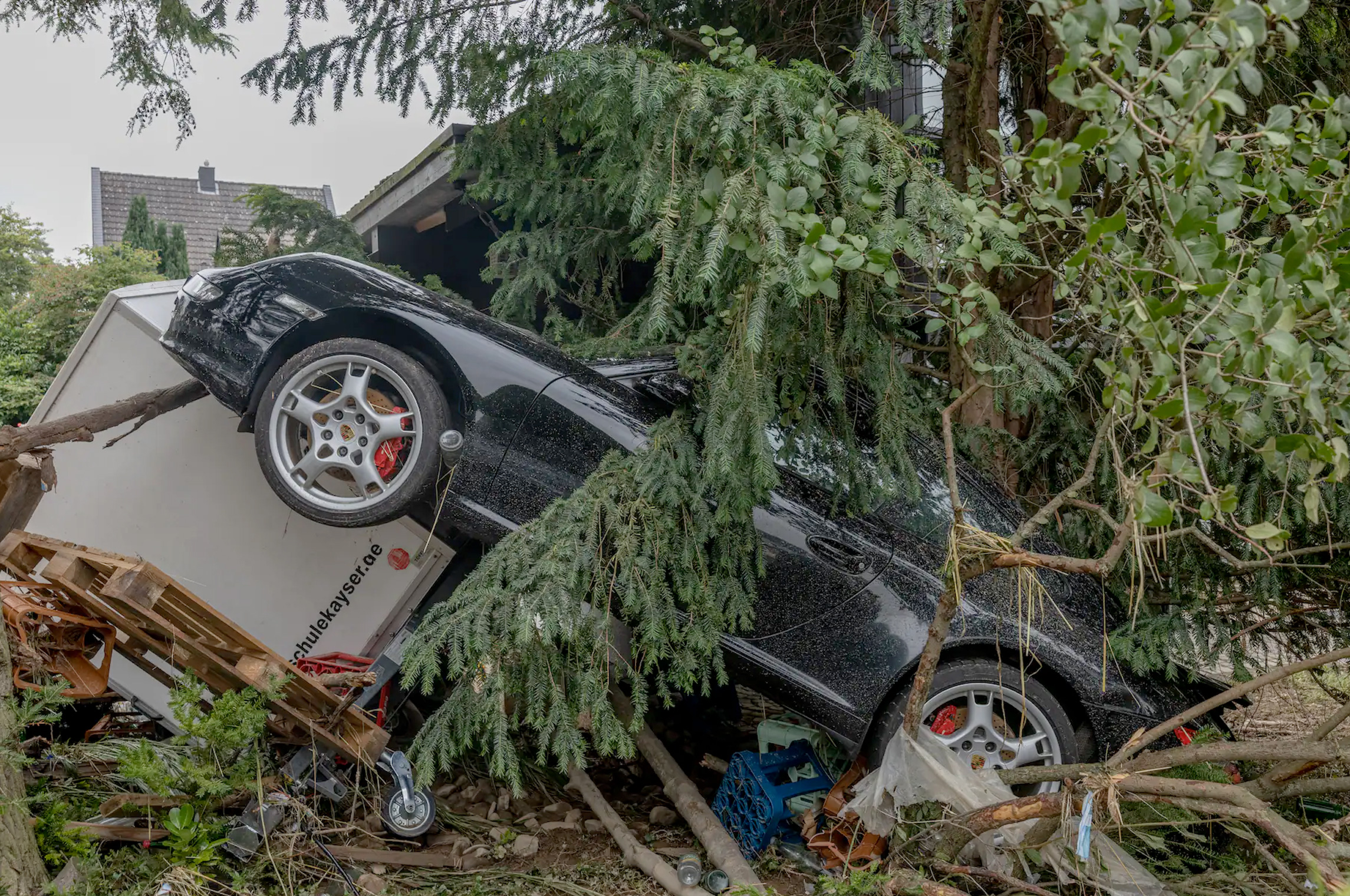
The extreme weather has also forced officials to confront the reliability of early-warning systems and evacuation plans and to question whether they have done enough to prepare for the aftermath of such events. Hydrologist Fred Hattermann at the Potsdam Institute for Climate Impact Research has called for cities to be “remodeled” so that they are better placed to deal with natural disasters, according to Reuters.
Some in Germany say that weather warnings provided to the public were not accurate enough, or did not arrive at all — despite authorities receiving flood alerts from meteorologists as early as July 10.
Cornelia Weigand, the mayor of the town of Altenahr, which was hit hard by the rampaging waters, said that ordering residents to evacuate ahead of time was an order that did not fall under her remit and was an instruction that should come from higher up the political hierarchy.
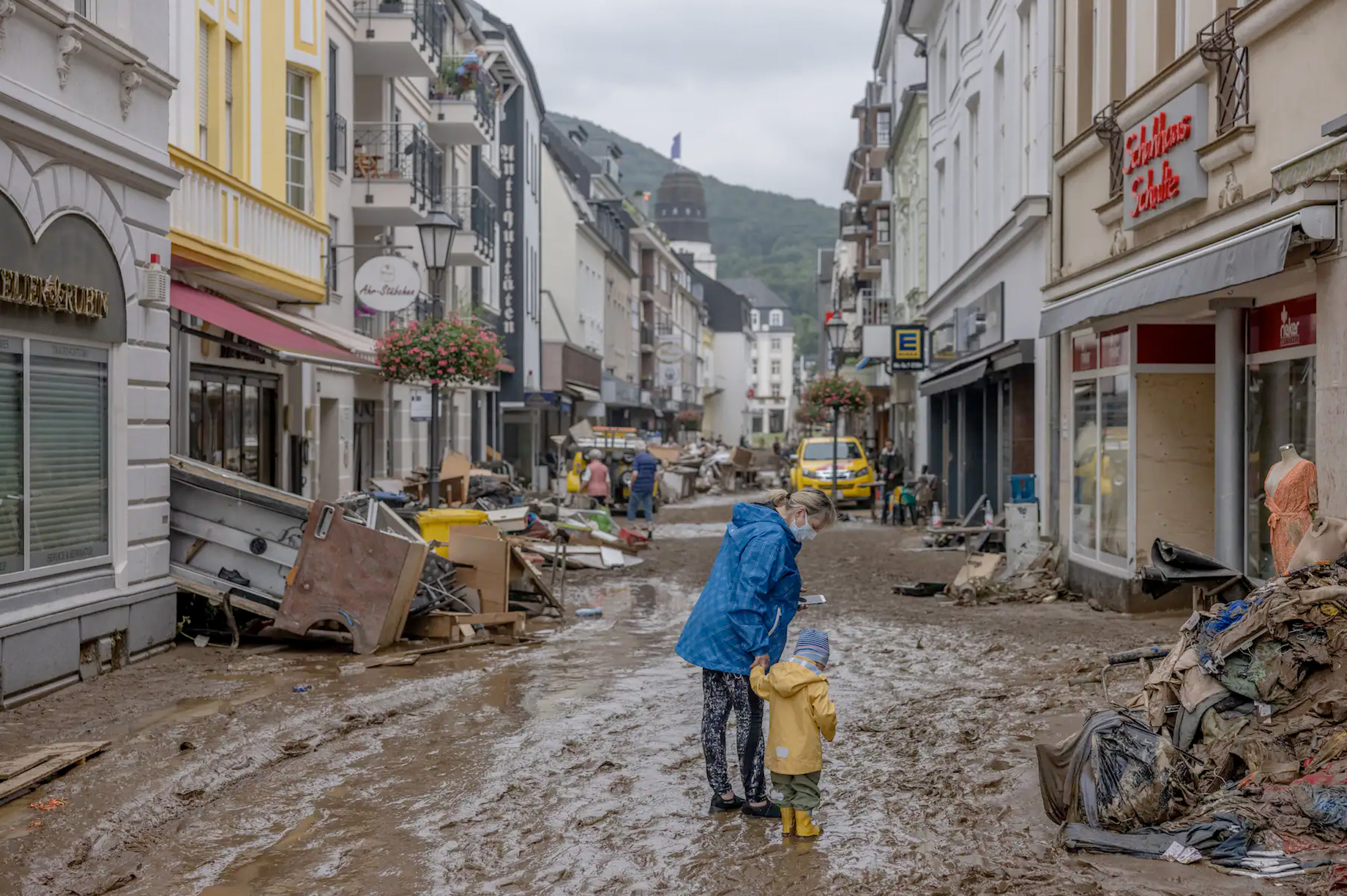

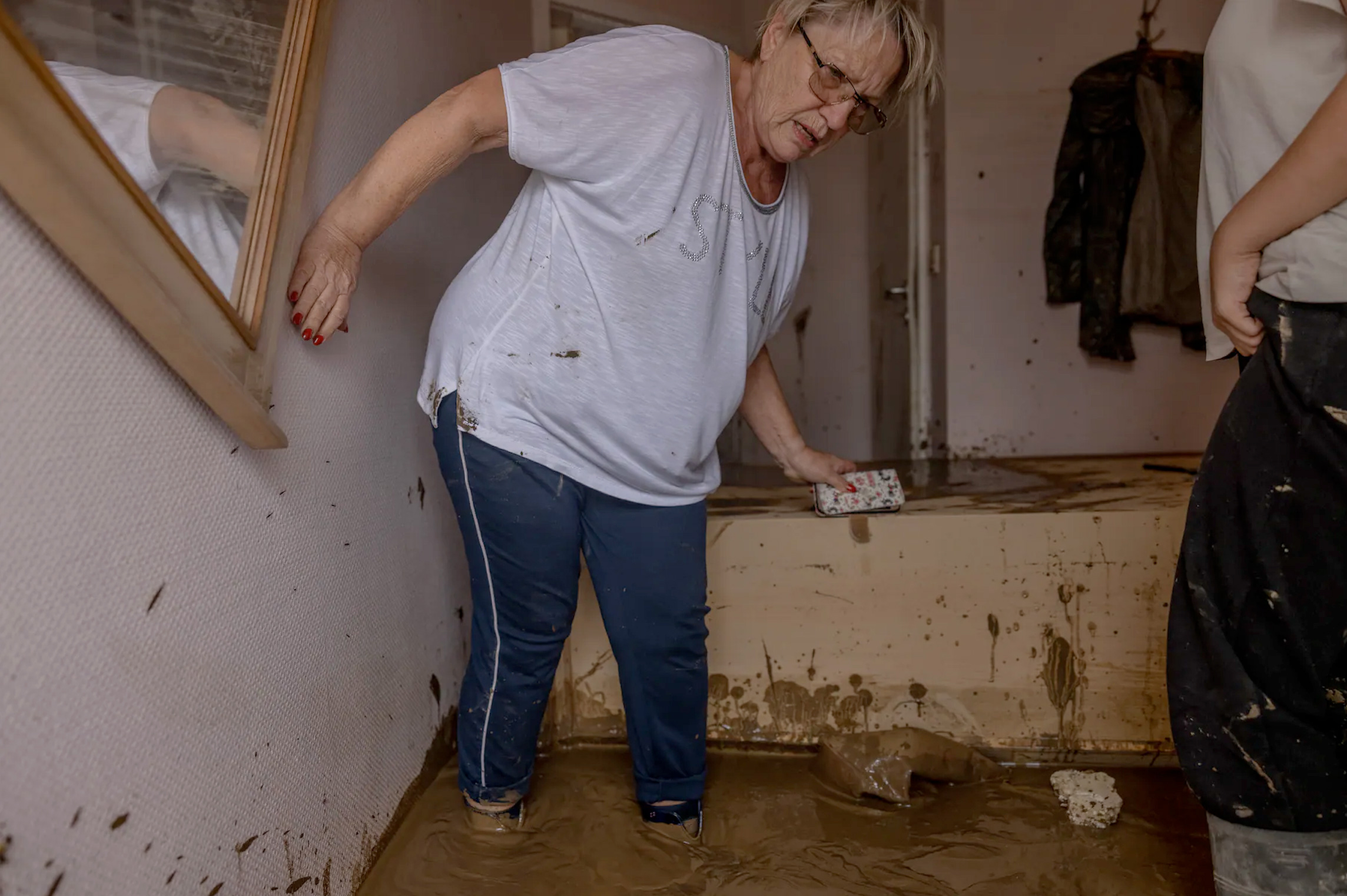
In New York, flash floods battered the city earlier this month. Commuters shared videos of filthy water gushing through subway stations as others waded through the floods to get to their destinations.
Over the course of an hour, more than an inch and a half of rain fell between 5 and 6 p.m. on July 8 in the Big Apple, among the top 10 most intense hourly cloud bursts in the past 80 years.
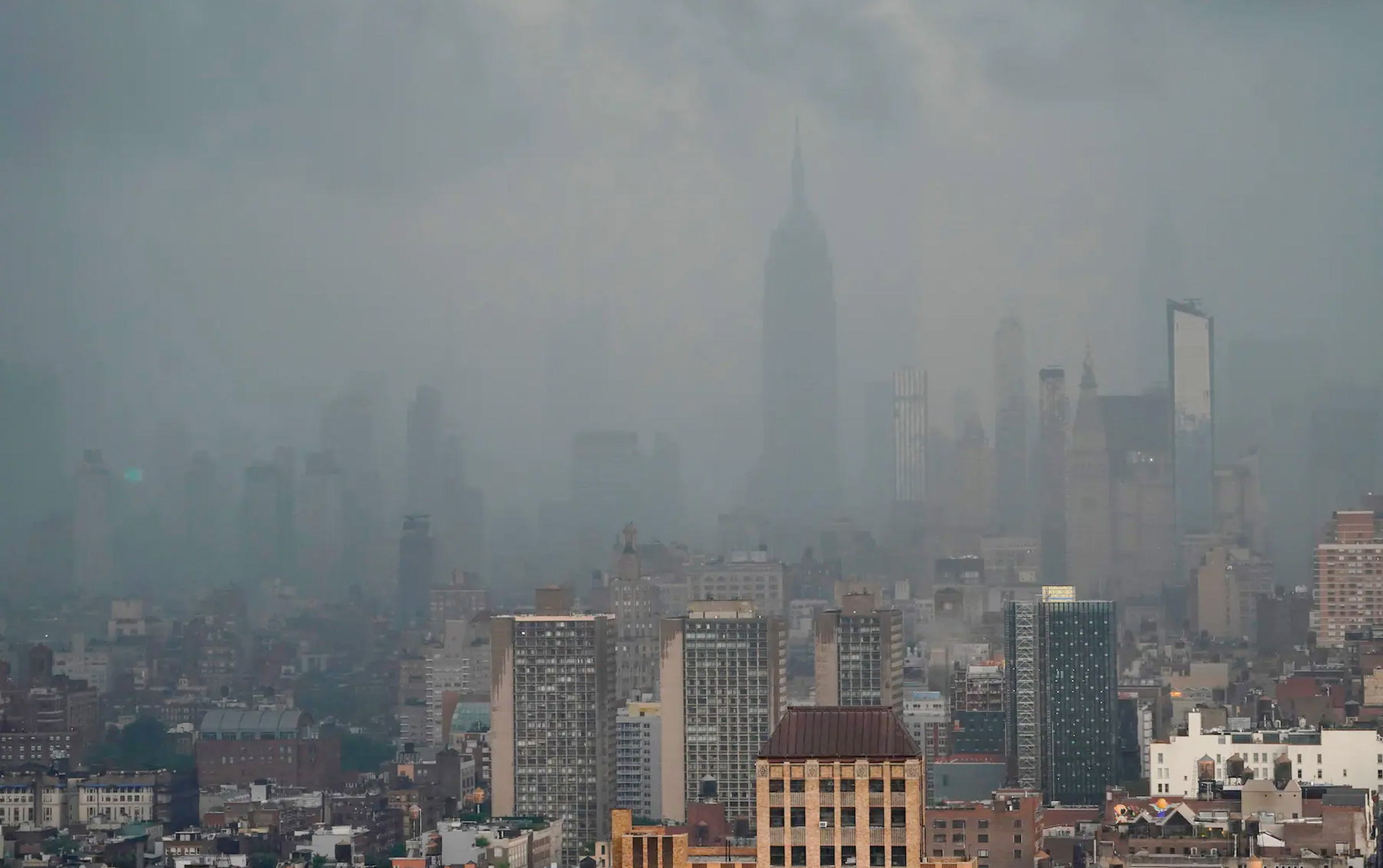

As drains above ground overflowed, witnesses said torrents colored “dark-gray-green” and containing jagged pieces of floating rubble poured down steps and along platforms.
For those who have long called for human greenhouse emissions to be cut to reduce the risk of extreme weather that can turn deadly, their frustration is clear: Action is unfolding far too slowly. “From unprecedented fires in Western North America to devastating floods in Europe: The most recent and accelerating climate change impacts constitute a clarion call to action,” wrote the official Twitter account for United Nations Climate Change earlier this week.
The organization said that this year’s climate change conference, which will be held in Scotland in November, should serve as an opportunity for leaders to gather and host talks to tackle the “runaway” issue of reducing emissions.
In India, monsoon rains – the heaviest in decades in places including the Mumbai region – pushed rivers over their banks, touched off landslides and left entire neighborhoods submerged. One weather station, in Mahabaleshwar south of Mumbai, recorded its highest 24-hour rainfall total: 60 centimeters, or more than 23 inches, the Reuters news agency reported. Officials said more than 125 people were killed and dozens remained missing.

